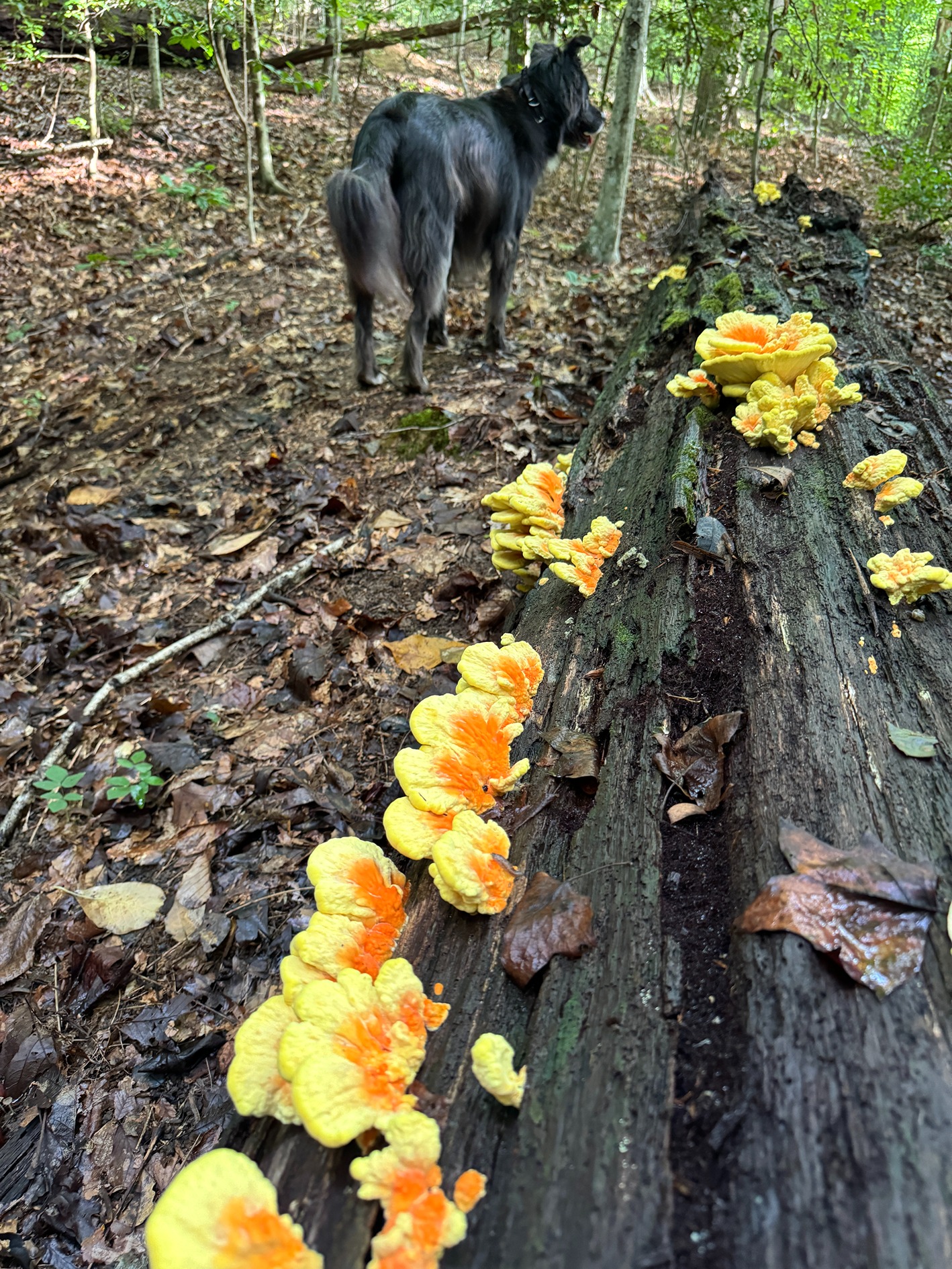
The tools for every trade change with the technology available. Most of the time tool selection has to do with a matter of efficiency, but sometimes the right tools can make the difference in whether or not a job can be done at all. We can change the range of what we are able to do, just by knowing what to use and when to use it. Here are a few tools we use every day in arboriculture that you could also use at home to do some tree work yourself, and do it more safely.
- Handsaw: This is the primary tool for pruning a tree because it can cut through large limbs with fairly minimal effort. There are straight blades for a more precise cut or curved blades that saw faster keeping your arm, wrist, and hand in a neutral position. Technology such as tri-edged saw teeth allows for smooth cuts that easily push saw dust out while the fine cut keeps the blade from getting stuck. Don’t forget to keep it sharpened because a dull blade disrupts the sawing motion and causes frustration, which can lead to an injury. Remember – a sharp saw is a safe saw!
- Hand Pruners: Available in a multitude of styles of pruners, you can purchase them for ergonomic grip, size of your hand, and even for which hand you prefer to use. A hand pruner with bypass technology helps make a cleaner cut with 2 sharpened sides to help prevent disease. Some blades come with a sap groove to keep build-up from forming, and the blades sticking together. A pair of ratchet pruners allow for larger cuts, releasing the handle halfway through a cut to give a second squeeze to push through woody shrubs.
- Soil Knife: Also known as a hori hori or weeding knife, this tool will help you to get down in the dirt to cut roots and move some soil. This tool is great for excavating at the base of a tree and checking for girdling roots. It has a serrated edge to saw through smaller roots and remove plant materials growing near the trunk. They can have many features, like an offset blade for leverage or a sharp notch for twine cutting. Remember to be careful as this tool can easily cut through the thinner bark on some trees.
- PPE: Personal protective equipment is the most important way to be responsible for yourself. Safety glasses or at least any eyewear will keep the inevitable debris out of your eyes, especially what’s coming from overhead. Ear plugs or muffs are a great accompaniment for any gas-powered equipment. A helmet is necessary for material coming from overhead, especially any large limbs. Gloves are great for handling sharp tools or sharp leaves and thorny materials. Boots or just closed-toe footwear can protect you from what will always land on your feet. Long sleeves and pants are ideal to add a layer of material and guard against pesky poisonous plant rashes and reactions.
- Chainsaw: The most fun and dangerous tool of all, the chainsaw will keep the arborist in business. Because of the increased risk involved with using this tool, you both need to be very familiar with the safety manual and have also had some training on the proper use. Whether you have a Stihl or a Husqvarna, the brand is less important to the operational condition of the saw, from the sharpness of the chain to the mere presence of the chain brake. Never operate a saw without wearing a pair of chaps!
More From Urban Forest Dweller
Aidan Stewart
July 2, 2025 · 1 minute read
James Luggen
June 19, 2025 · 2 minute read
Phil Tate
June 5, 2025 · 1 minute read


